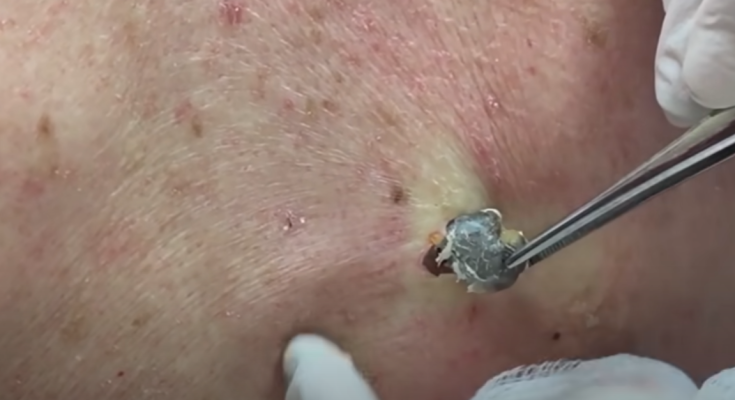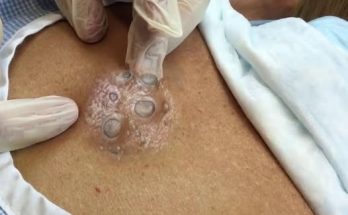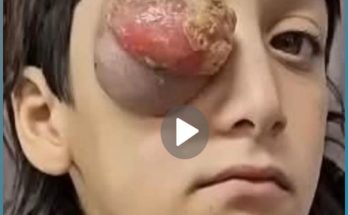Scroll Down to watch..👇👇

Fungal acne is a condition in which an overgrowth of yeast on the skin can lead to folliculitis, which is infection in the tiny hair follicles. This infection of the hair follicles leads to small lesions or red bumps. Fungal acne can appear anywhere on the body but occurs most commonly on the chin, forehead, hairline, side of the nose, arms, upper back, and shoulders. The condition is often also referred to as Pityrosporum folliculitis or Malassezia folliculitis, as it is an excess of Malassezia yeast that leads to the infection.
Fungal acne takes on the appearance of clusters of papules (spots) like closed comedones (whiteheads) that are uniform in size and often itchy. Fungal acne looks like regular acne but it is not the same. While bacterial acne is caused primarily by a clogging of the pores with oil and dead skin cells, fungal acne is a caused by a yeast infection in the pores. Also, while traditional acne can take the form of open comedones (blackheads), pustules, or cysts, fungal acne typically does not. If patients treat fungal acne with bacterial acne care products, there is the potential to make the infection worse. That is why it is paramount to have fungal acne diagnosed by an expert dermatologist, such as Dr. Michele Green in New York.
Happy to Watch Full video here..👇👇



